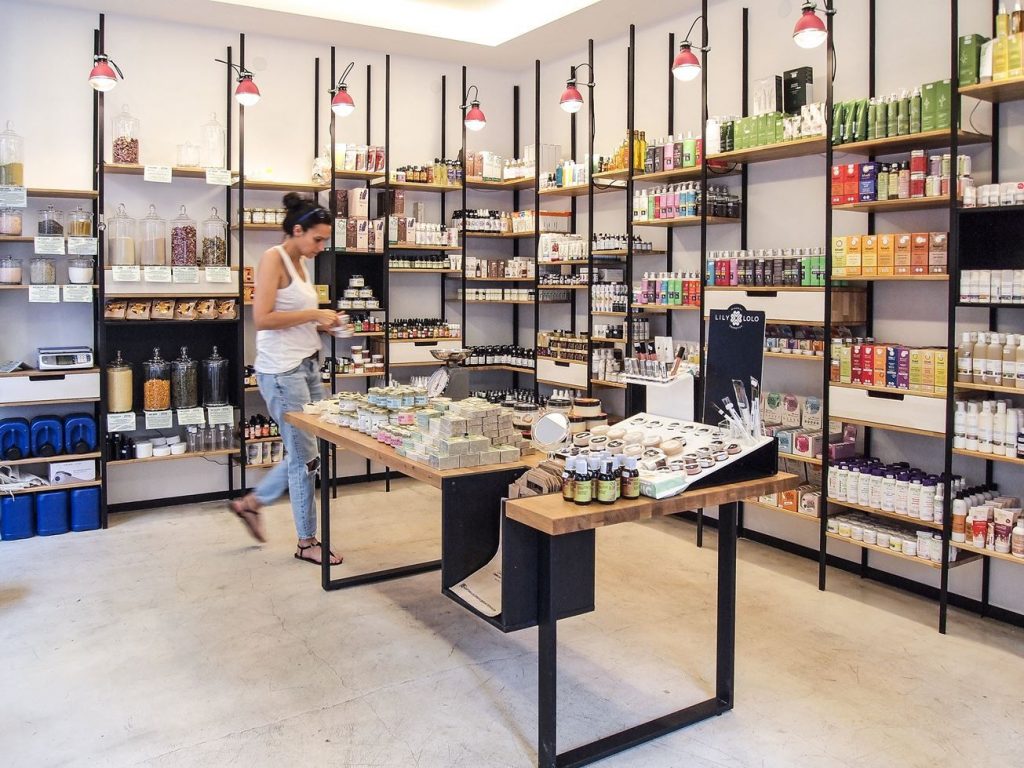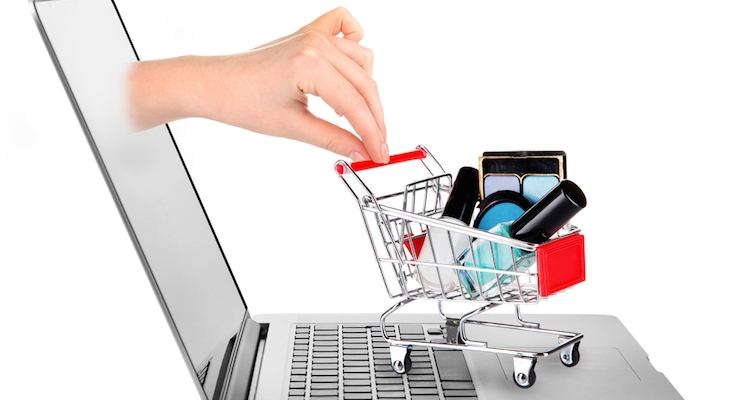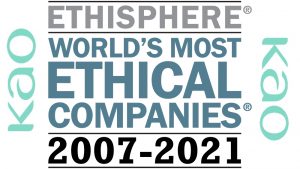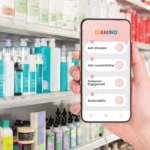Although the beauty industry may find itself in less dire-straits than many other consumer categories, the overall outlook for 2020 still bodes some uncertainty – despite potential gains for those willing to adapt to a “new normal”.
A quick overview of online forecasts and surveys depicts a somewhat bleak picture for the beauty industry in general, notwithstanding some interesting potential opportunities. The website www.mcKinsey.com reports that first-quarter sales have been weak, also in light of widespread store closures. Moreover, industry leaders have committed to ensure the survival of their companies – generating $500 billion in annual sales and employing millions of dollars, either directly or indirectly. Hence, during this period, some brands have begun producing hand sanitizers, cleaning agents, and other PPE item, in order to stay afloat while lending a hand where needed. However, now that markets are beginning to open up after months of lockdown, it’s time to take stock in what has changed so far, while looking at what may yet change in times to come.
Smart Working and DIY
With more and more people working from home, social distancing, and wearing masks, the need for make-up and – even more-so – fragrances, has fallen by the wayside. Indeed, McKinsey also reports 55% and 75% percent declines in cosmetic and fragrances purchasing respectively compared to a year ago. Even when people return to work, masks may still be obligatory, further slowing down a recovery in make-up sales (especially lipstick) but perhaps favouring eyes and nails. Taylor Johnson, reporting for the New York Times, observed that since peaking in 2017, sales of make-up have slowed in any case, with many women opting to embrace a more natural appearance, but with an increased emphasis on skin care.
Larissa Jensen, beauty industry advisor at the NPD Group, comments: “Self-care and at-home beauty treatments are where the growth is for the beauty market at this moment, as consumers have no choice but to take beauty services into their own hands. In March, consumers began putting an even greater focus on their skin and hair care, as applying makeup and wearing fragrance have lost importance during quarantine.”
GCI Magazine reports that online sales jumped 24% in Q1 2020 and, as of March, comprised 48% of total sales. More specifically, online hair care sales leaped 41% year-over-year for the quarter, followed by skincare (27% increase), fragrances (19% gain) and make-up (up 18%). One of the first products to fly off the virtual shelves was (boxed) hair colour (+82%), apparently to maintain a minimum of decorum during online conference calling! Hair masks and shampoos/conditioners also fared well (up 32% and 16% respectively).
During these stressful times, people have also focused on simply feeling good.
NPD, which tracks consumer spending and point-of-sale data, recorded that luxury hand soap sales in France were up 800% the week of March 16, 2020, as the country went into lockdown. Zalando, Europe’s largest fashion and lifestyle e-commerce marketplace, reported a boom in pampering and self-care beauty categories, including candles, aromatherapy, and detox products; sales of skin-, nail-, and hair-care products were up 300 percent, year on year.
Future Prospects
Even with the bricks-and-mortar shops reopen, the COVID-19 crisis is likely lend impetus to trends that were already shaping the market, including the rise of the global middle-class and an increased use of e-commerce, perhaps also due to a lack of consumer confidence and a lingering fear of potential infection. And while many are converting to prestige brands for high-end cosmetics and skin-care products, others may trade down to the cheaper end of the scale, as many did after the 2008 financial crisis.
On their website www.klinegroup.com, Kline & Company reports that: “Salon haircare brands are increasingly exploring possibilities of take-home sales of shampoos, conditioners, and styling products outside the salon. In the United States, where take-home sales are prominent, the selling of professional products outside the salon environment is undertaken by many marketers looking for opportunities to increase their overall sales in department stores, specialty stores, or online. E-commerce has been the fastest-expanding channel, and Amazon is a considered a true game changer in the professional industry, acting not only as a reseller of products to consumers but more recently as a distributor of professional products on the market.”
The situation is uncertain and volatile, so for now at least, it would perhaps be safer forbeauty-industry players to continue concentrating on digital channels to engage with existing customers and to win over new ones.












